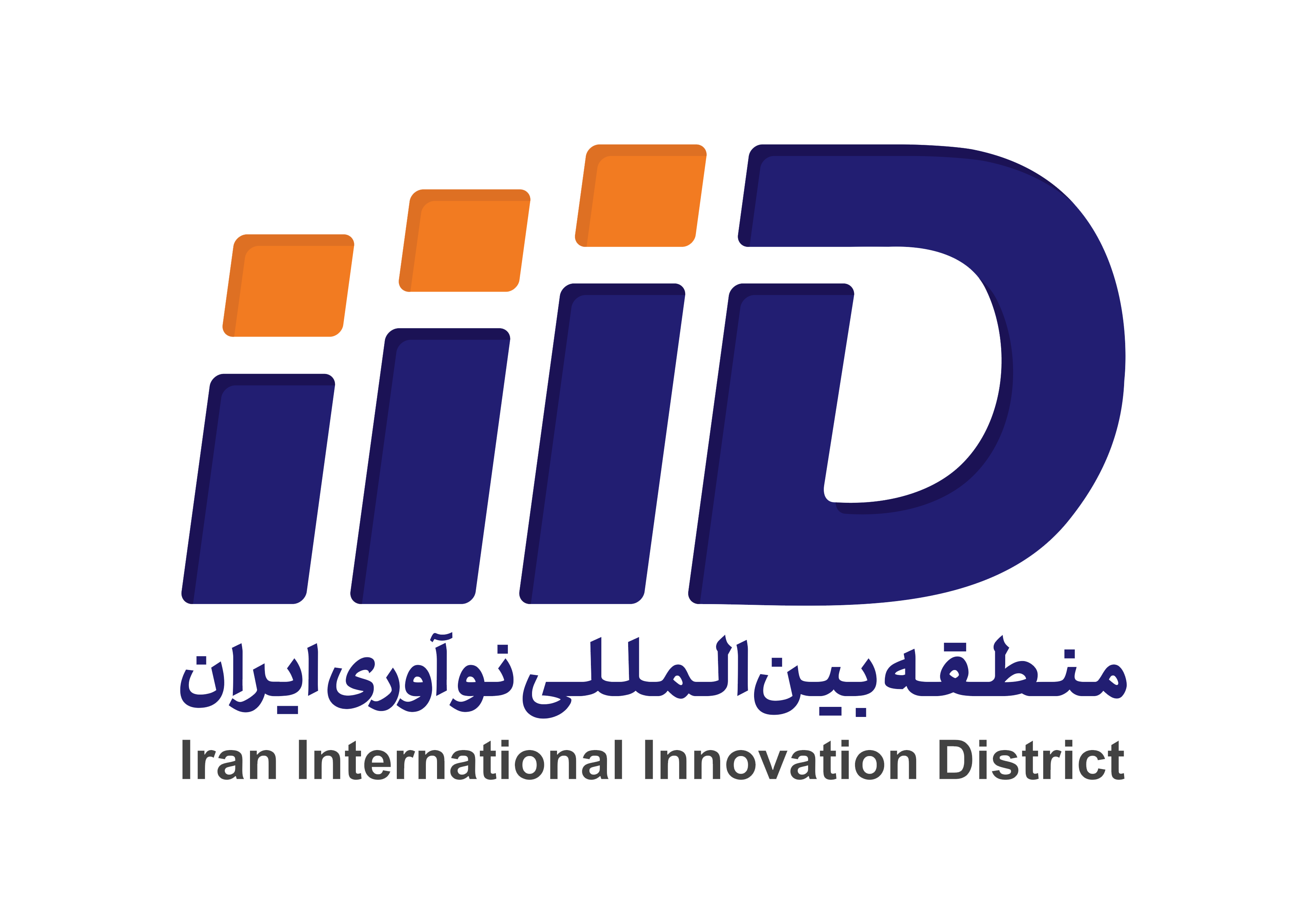Early Detection with Artificial Intelligence Reduces Costs and Enhances Dental Care Quality
AI and IoT Panel at INOTEX 2025: AI Could Extend Tooth Lifespan by 20 Years

At the specialized AI and IoT panel during INOTEX 2025 on May 1, 2025, a maxillofacial surgeon from Shahid Beheshti University highlighted how AI-driven early diagnosis of dental issues can reduce treatment costs and improve the quality of dental services.
During the 14th INOTEX 2025 exhibition, Dr. Mohsen Golkar, a maxillofacial surgeon and faculty member at Shahid Beheshti University, spoke at the specialized panel on “Artificial Intelligence and Internet of Things” with a focus on medicine and its integration with AI. He elaborated on the applications of AI in dentistry.
Dr. Golkar began by discussing AI’s role in the early detection of diseases affecting tooth-supporting tissues, stating, “By analyzing radiographic images, AI can assist in the early diagnosis of bone lesions and prevent their progression.” He added, “Many patients are unaware of these conditions and unfortunately only realize the issue when it’s too late, leading to tooth extraction—a seemingly simple procedure that is, in reality, costly for the national health system.”
Highlighting the high costs of dental restoration and replacement, Golkar noted, “Investment in this area can significantly reduce expenses and elevate treatment quality. In root canal treatments, AI is effective in detecting early lesions, vertical root fractures, and deterioration of surrounding structures. This technology enables more precise treatment decisions and smarter referrals.”
He further explained, “Early detection of micro-cracks and assessment of potential root complexities can help determine whether treatment by a general dentist is sufficient or if a specialist is needed. This plays a crucial role in optimizing the referral system.”
According to the Shahid Beheshti University faculty member, the quality of root canal treatment directly impacts tooth longevity. “If done well, a tooth can remain functional in the mouth for up to 20 years. If not, it may last only five years,” he emphasized.
In another segment of his talk, Golkar addressed restorative and prosthetic dentistry, stating, “Early detection of dental wear through photographic image analysis can lead to more accurate treatment planning. Additionally, early identification of cavities prevents their progression and avoids more expensive treatments like root canals or extractions.”
Discussing existing challenges with data, he remarked, “Currently, there are no standardized, categorized databases available for precise analysis. Data collection has been gradually underway in recent years. For instance, a simple image of a tooth taken from different angles can produce varying radiographic results. Standardizing this data will be key to the future development of AI in dentistry.”
Concluding his speech, Golkar used a metaphor: “If fully utilizing AI in dentistry is like running, we are currently at the stage of just putting on our shoes. There is a long road ahead, and much work remains to be done.”
Quick Access

Address: Pardis Technology Park, 20th km of Damavand Road (Main Stresst), Tehran I.R. Iran.
Postal Code: 1657163871

Tel: 76250250 _ 021

Fax: 76250100 _ 021
E-mail: info@techpark.ir

website:iiid.tech









